Today, we’re jumping into the universe of dry shade, a precarious region in many nurseries where daylight and dampness are scant. Yet, dread not, on the grounds that we take care of you with 15 extreme plants that flourish in these circumstances. From drought permissive perennials to solid ground covers and shrubberies, we’ll let you know the most effective way to change those hopeless spots into rich, great scenes.Remain tuned as we uncover the best plants to light up your dry shade spots with dynamic tones and surfaces on the off chance that your nursery has regions concealed by walls, trees, or structures. We ought to change those dangerous locales into your nursery’s mysterious fortunes.
Hosta
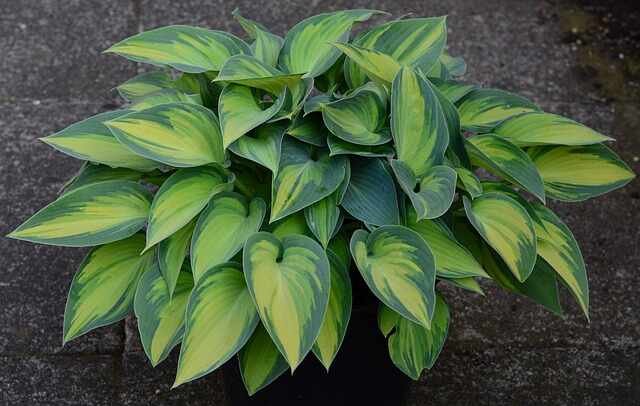
The hosta, a nursery worker’s #1 for concealed regions, is the main plant on our rundown. With numerous varieties open, hostas offer a mind blowing extent of sizes, shapes, and tones in their foliage. Hostas are a great option if you’re looking for low-maintenance plants to use as a garden border or if you want a lush, leafy display under a tree canopy. Their flexibility and simple consideration nature make them ideal for tidying up those dry, concealed spots in your nursery. Consider planting some hostas in your landscape if you want a garden that thrives without constant care.
Lungwort
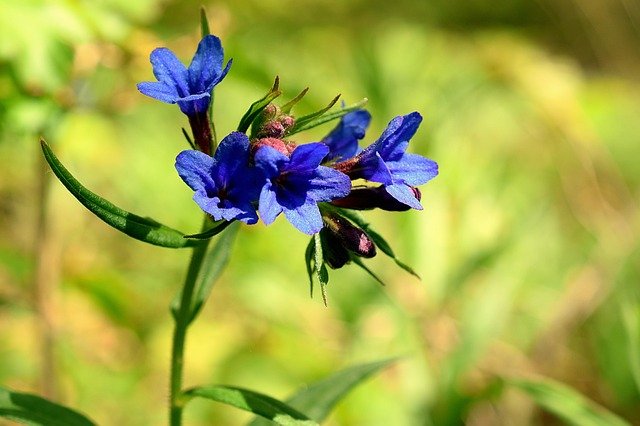
Following up, we have the magnificent lungwort, a plant that flourishes in the shade while being versatile to dry circumstances. Conspicuous by their extreme, frequently spotted or strong green leaves, lungworts get a sprinkle of variety spring with their dynamic blue, pink, white, or purple blossoms. As a ground cover, lungwort adds magnificence to your nursery as well as goes about as a characteristic weed obstruction because of its thick development. Yet again while certain assortments could go lethargic in especially dry circumstances, they’re certain to return in the spring, prepared to light up your nursery.
Bleeding Heart
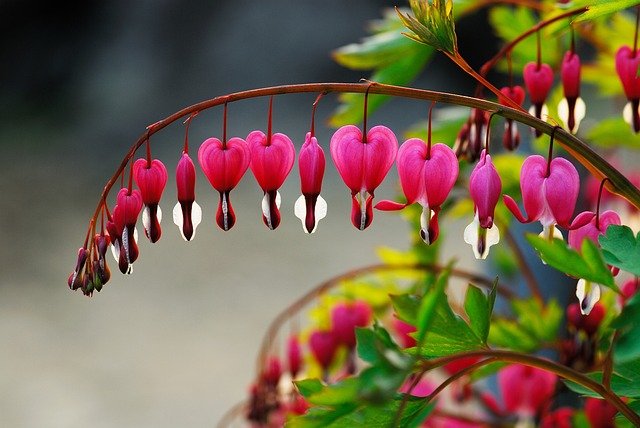
Moving on, we introduce the enchanting bleeding heart, perfect for creating a cottage garden feel even in shaded areas. With its unique heart-shaped blooms that grace the garden in spring, the bleeding heart adds a touch of romance to your landscape. Don’t be alarmed when it seems to disappear with the summer heat; it’s merely taking a break and will joyfully return the following year. For a continuous display of color, partner bleeding heart with other vibrant plants that thrive later in the season, ensuring your garden remains a visual delight throughout the year.
Geranuim

Next up is the bigroot geranium, a champion among perennials for dry shade. Its uniquely lobed, snowflake-like leaves are not only a sight to behold but also boast a fuzzy texture that keeps deer and rabbits at bay. As the seasons change, watch in awe as the foliage transforms into stunning shades of reddish-orange, providing your garden with autumnal beauty. With time, bigroot geranium gracefully spreads, creating a lush, dense carpet that enlivens the ground beneath.
Hellebore
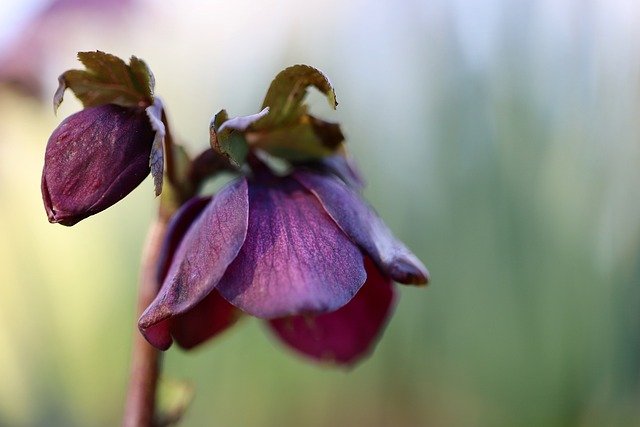
Moving on to number five, we spotlight hellebore, the resilient hellebore, often heralded as the Christmas or Lenten rose due to its early flowering season. It’s immediately clear why hellebore is celebrated among shade dwellers for its robustness. The plant sports thick, almost leathery leaves, presenting an evergreen spectacle in milder climates. In colder zones, it may retreat in winter, only to reemerge with vigor. Its inherent toxicity forms a natural barrier against deer and rabbits, making it a steadfast choice for gardeners. The hellebore blooms, varying from white and cream to deep shades of red and purple, can be both single and double, adding a diverse aesthetic appeal to your garden.
Barrenwort

Up next at number six is barrenwort, a gem in the realm of perennials that thrives in dry shade. With its unique heart-shaped leaves adorned with reddish or golden hues in the spring, barrenwort paints a picturesque scene in any garden. By late spring, this low-growing perennial showcases its versatility with tiny yet vibrant clusters of blooms in a spectrum of colors, including yellow, orange, red, pink, purple, and white. Exceptionally drought-tolerant and resilient to deer and rabbits, barrenwort maintains its allure from spring through fall, with certain varieties offering evergreen beauty for added winter interest.
Tiarella
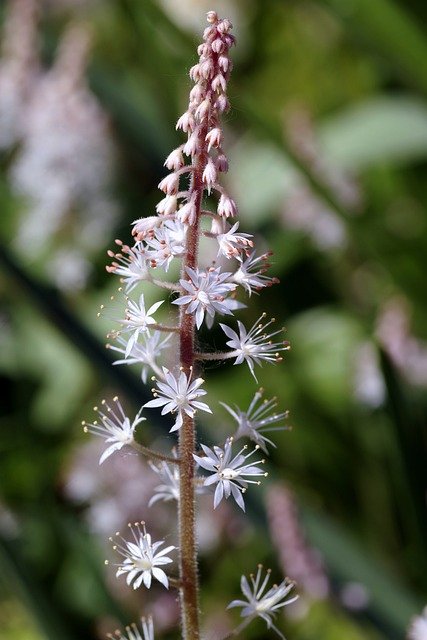
Seventh on our list is foamflower, a delightful choice for those challenging dry shade areas. Known scientifically as Tiarella, this enchanting perennial brightens up the garden with its delicate spikes of creamy white or pink flowers that resemble a frothy cascade. The beauty of foamflower extends beyond its blooms to its foliage, which often features intricate patterns and deep veining, adding texture and visual interest throughout the growing season. Foamflower’s low-growing, clumping habit makes it an excellent ground cover, filling in those shady spots with ease. Its resilience to dry conditions and its appeal to pollinators like bees make it a valuable addition to any shade garden.
Lilyturf
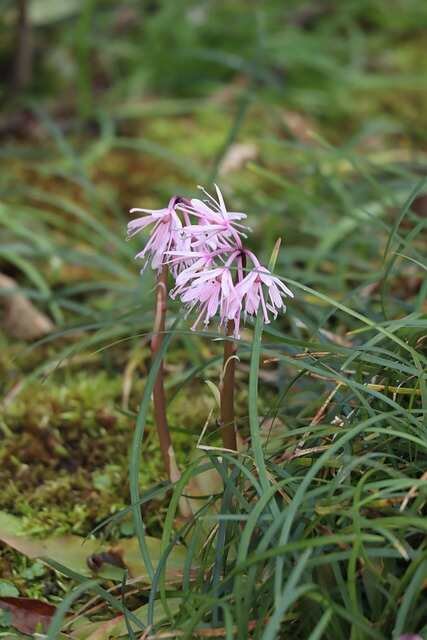
Number eight on our nursery visit is lilyturf, a durable competitor in the domain of dry shade cultivating. Referred to organically as Liriope, this plant structures lavish clusters of strappy, dull green foliage that keeps up with its lively variety through both the intensity of summer and the chill of winter. Arrive behind schedule summer, lilyturf raises bid with spikes of purple blossoms stand tall over the leaves, offering a striking difference. Its versatility to intensity, dampness, and dry season, alongside its lush appearance, settles on it an optimal decision for edging along ways or walkways, making a cleaned and welcoming nursery way.
Japanese Aralia

The ninth chapter of our investigation introduces us to the Japanese aralia. Otherwise called Fatsia japonica, this evergreen bush dazzles with its huge, lobed, and lustrous dim green leaves, making a staggering visual assertion in any concealed nursery space. Ideal for both compartment cultivating on an obscure deck or as an eye-getting fence, the Japanese aralia’s allure is upgraded by its exceptionally finished foliage. To really sweeten the deal, this plant shocks with groups of little, smooth blossoms, which later give way to elaborate blackberries, adding one more layer important to your nursery. With its exceptional appearance and occasional changes, Japanese aralia is an unquestionable requirement for those trying to inject their nursery with style and variety.
Bottlebrush Buckeye

The charming bottlebrush buckeye, a true garden treasure, is the subject of number 10. This blossoming bush, deductively known as Aesculus parviflora, is praised for its sublime midsummer sprout. Its long, white blossoms enhanced with lively red anthers make a visual display that is difficult to disregard. Past its shocking flower show, the bottlebrush buckeye is a simple to-develop choice, ideal for mass plantings in bush lines or quiet forest settings. This mounded bush doesn’t stop at wonderful blossoms; it likewise plays host to butterflies, adding an enthusiastic and vivid aspect to your nursery. As the seasons change, so does the bottlebrush buckeye, with its foliage changing into a brilliant yellow in harvest time, guaranteeing your nursery remains outwardly enrapturing consistently.
Japanese Kerria

Progressing forward toward number 11, we present the great Japanese kerria. Generally called Kerria japonica or the Japanese rose, this obsolete shrubbery is a real springtime treasure, parading bending, stunning green stems that wake up with humble, splendid yellow blooms. The Japanese kerria’s overwhelm doesn’t end with its blooms. A shrubbery blooms on the previous year’s wood, making spring the ideal time for pruning soon after it has satisfied your nursery with its pre-spring blooms. Japanese kerria keeps your nursery lively and vibrant even in difficult hidden areas, making it ideal for dressing up your yard’s secluded borders.
Wild Ginger
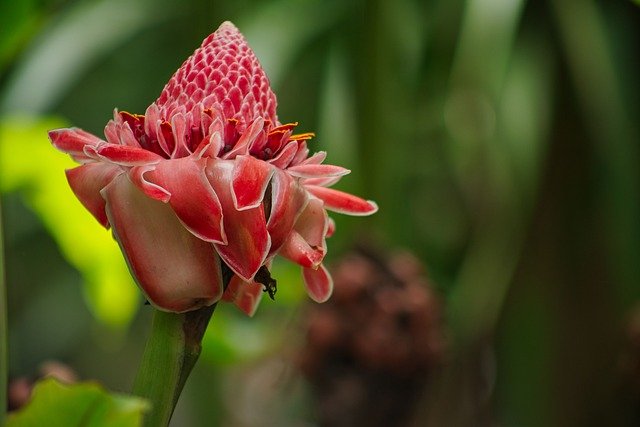
Number 12 carries us to the charming universe of wild ginger, a downplayed at this point significantly gorgeous ground cover. In contrast to its culinary namesake, wild ginger, or Asarum spp., is esteemed for its lavish, heart-molded leaves that make a thick floor covering underneath the woodland shelter or in your obscure nursery niches. It reveals its hidden treasures in the spring: little, chime molded blossoms that settle near the ground, frequently inconspicuous underneath its foliage. Wild ginger flourishes in the concealed pieces of your nursery, where its verdant leaves add surface and profundity. Ideal for those looking to fill in the holes with something both straightforward and bafflingly delightful, wild ginger is a demonstration of the miracles that flourish in the shade.
Cushion Spurge

Moving on to number 13, we introduce the vibrant cushion spurge, or Euphorbia polychroma. This unique perennial dazzles with its bright yellow-green flowers that burst forth in spring, creating a stunning visual spectacle. As the seasons change, so does the cushion spurge, with its foliage transforming into a fiery display of reds, purples, and oranges in the fall, offering a second wave of color to your garden. Tolerant of dry shade, this plant is not only a visual treat but also a resilient choice for those challenging spots. Its compact, mounded form makes it ideal for edging paths or as a standout specimen in rock gardens. With its dual-season appeal and easy-care nature, cushion spurge is a must-have for gardeners looking to add lasting vibrancy to their shaded retreats.
Sweet Box
Number 14 brings us sweet box, a hidden gem for shaded gardens that craves little attention but rewards with plenty. Sweet box, or Sarcococca hookeriana, is a modest evergreen that stands out with its highly fragrant winter flowers, turning a dormant season into a sensory experience. Its glossy, resilient foliage makes it an excellent choice for an evergreen hedge or an elegant ground cover, thriving even in deep shade. Beyond its visual appeal, the sweetly scented flowers can be cut to bring a piece of spring indoors, filling your home with a delightful aroma. Sweet box’s adaptability to shade and its low-maintenance nature make it an indispensable addition to any garden, providing year-round beauty and fragrance.
Coral Bells

Finally, number 15 on our list is coral bells, a perennial that thrives in the challenging conditions of dry shade, reminiscent of its native rocky cliffs. Though they grace us with delicate blooms, it’s their extraordinary foliage that steals the show. From the stunning ‘Marvelous Marble’ with its intricate, multicolored leaves to varieties that appear as if they’ve been artfully spray-painted or those adorned with deeply colored veins, coral bells bring an artist’s palette to the garden floor. Their remarkable tolerance for dry shade and minimal maintenance requirements make coral bells an essential choice for gardeners looking to infuse their shaded retreats with continuous color and texture.
What’s more, that’s basically it: 15 extreme plants that will flourish in dry shade spots, transforming testing regions into lavish, wonderful corners of your nursery. Keep in mind, no sun and no water doesn’t need to mean no excellence. With these tough plants, your nursery can prosper everywhere.



